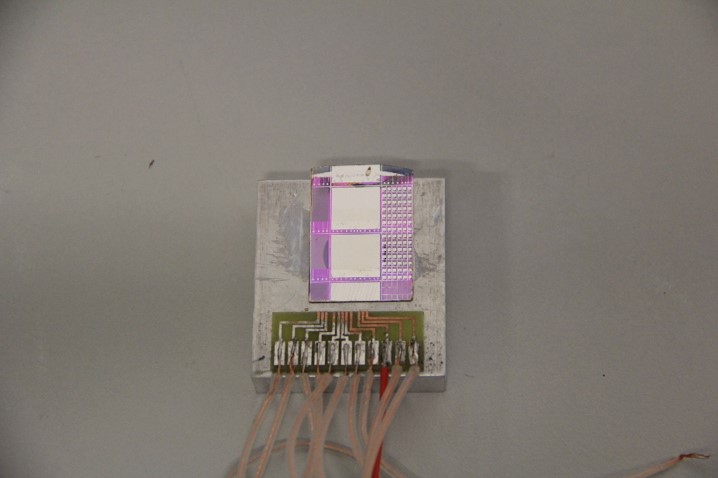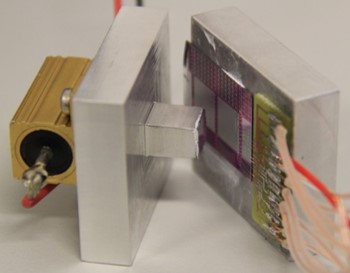Energy harvesting for autonomous sensors
2.a Triboelectric generators
Triboelectric generators emerge as a new technology with numerous advantages, including high efficiency, low cost and high adaptability. Triboelectric nanogenerators (TENGs) have been developed with an energy efficiency of up to 80% and output power up to 500 W/m2. They can generate electricity from any type of mechanical motions such as impact and vibration and are also able to serve as self-powered active sensors. Triboelectricity is based on the charge exchange between two surfaces that are in relative motion. It is thus expected that the triboelectric signal will depend on the surface properties (roughness) as well as the dielectric properties of the materials. In our work we investigate various materials, surface structuring strategies as well as device designs for improved mechanical energy harvesting devices suitable for self-powered autonomous sensors and systems.
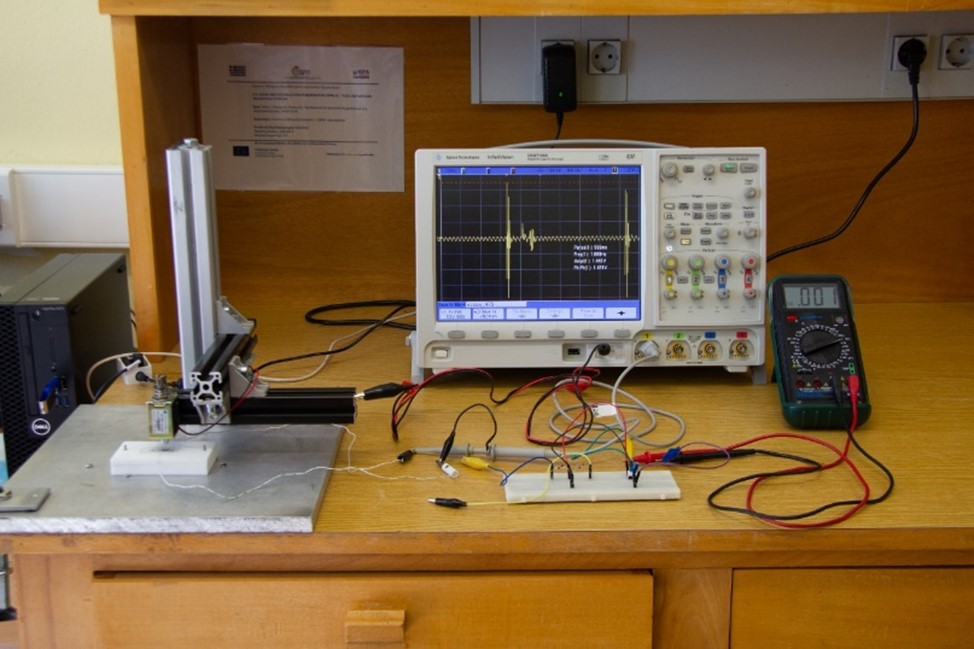
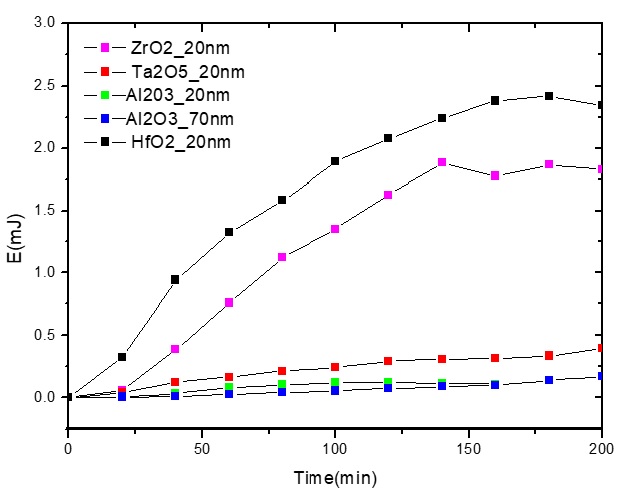
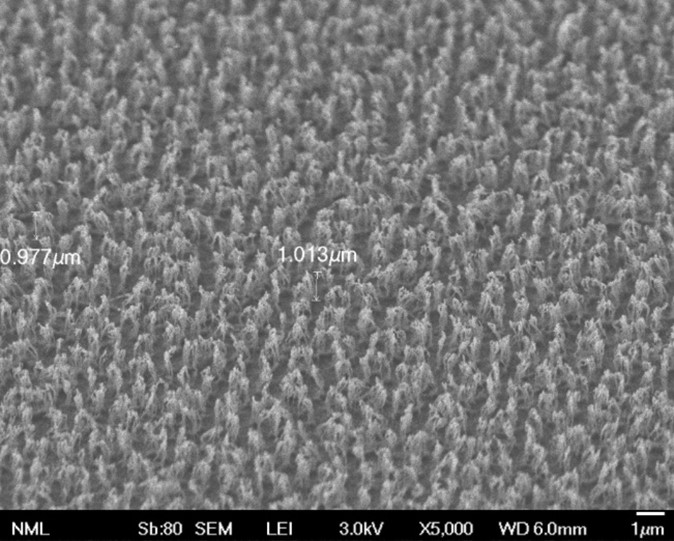
2.b ZnO based piezoelectric generators
Vibrational energy scavenging using low-dimensional piezoelectric elements has emerged as a promising technique for the energy autonomy of sensors, microsystems and small portable electronic devices. Among these low-dimensional materials, ZnO nanostructures and nanotextured films have become the leading star, demonstrating a new pathway for harvesting energy for self-powered wireless nanodevices and nanosystems. Due to its low fabrication cost at the wafer scale and its applicability to a variety of substrates, low-temperature, user- and-environmentally-friendly all-solution based growth of ZnO nanostructures and nanotextured films has been successfully applied for the development of nanogenerators both on silicon as well on flexible substrates, including PET, Kapton, wax paper and carton.
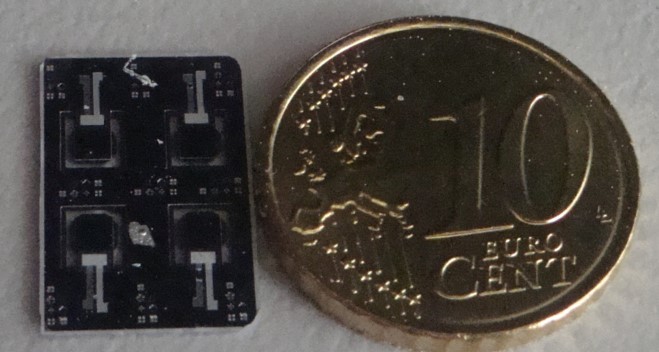
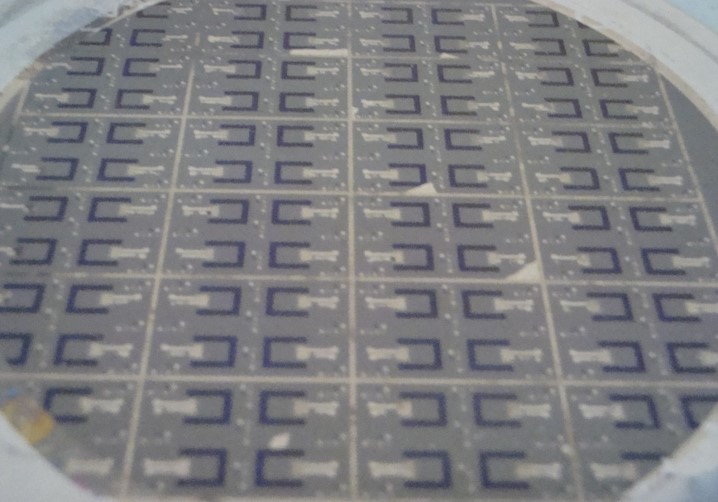
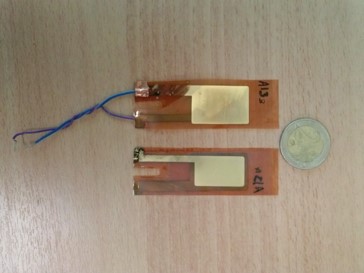
2.c Thermoelectric generators
Solid state thermoelectric generators are devices that can convert thermal gradients to electrical power through the Seebeck effect. These devices are reliable, low noise and low cost, but suffer from low conversion efficiencies. On the other hand, energy is wasted in the form of heat for a vast variety of everyday situations, ranging from exhaust pipes in cars, to heat generated on a microprocessor to even heat generated by the human body. The harvesting of even a small amount of this wasted energy can be extremely useful in the field of autonomous sensors for IoT applications, for example. More specifically, the use of locally created porous Si (low thermal conductivity material) on a Si substrate (high thermal conductivity material) allows for the creation of temperature differentials on its surface. The use of this temperature differential on a chip level allows the creation of efficient, on-chip thermoelectric generators compatible with standard Si processing.

